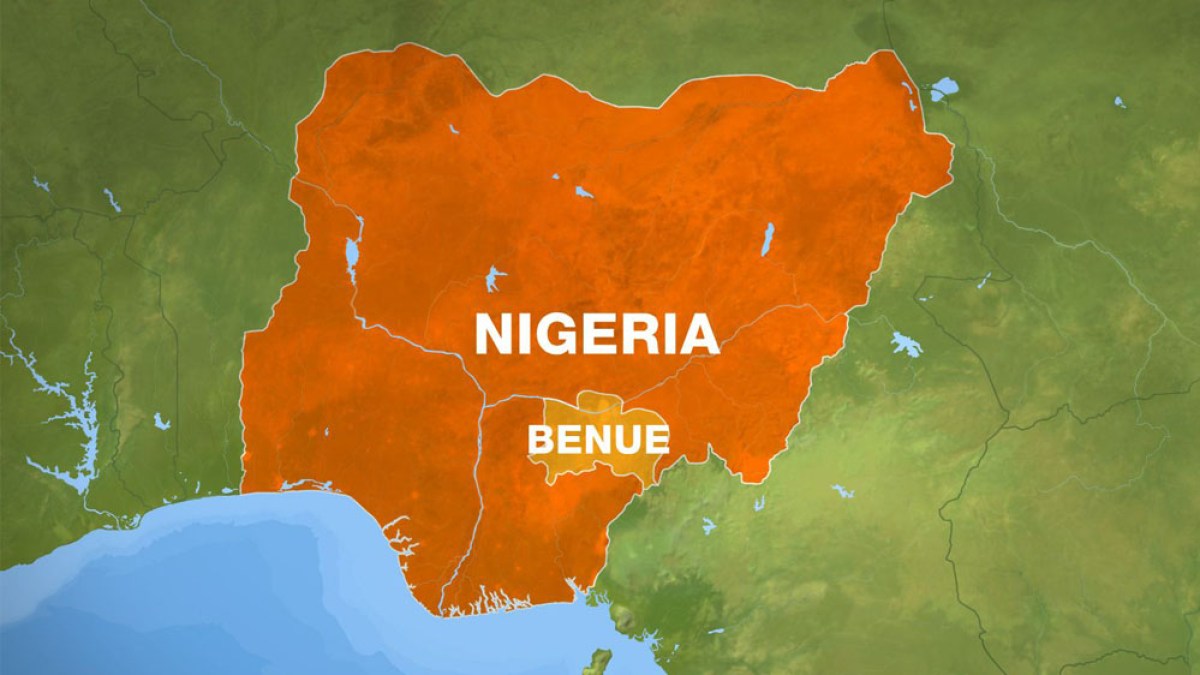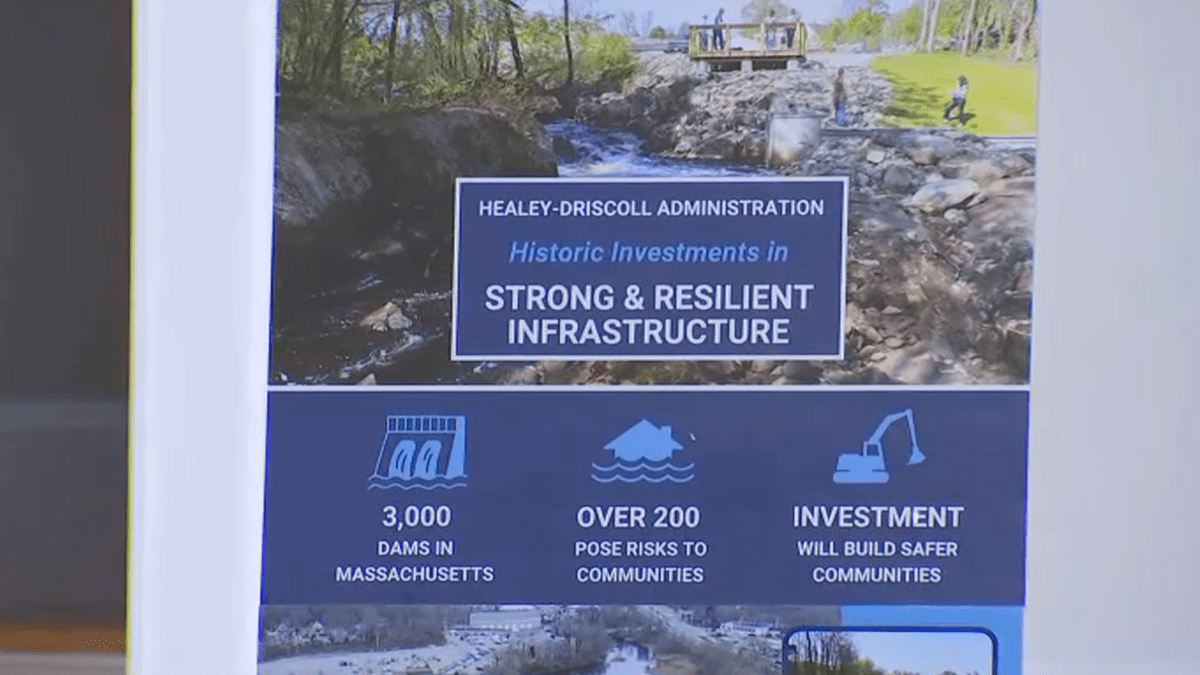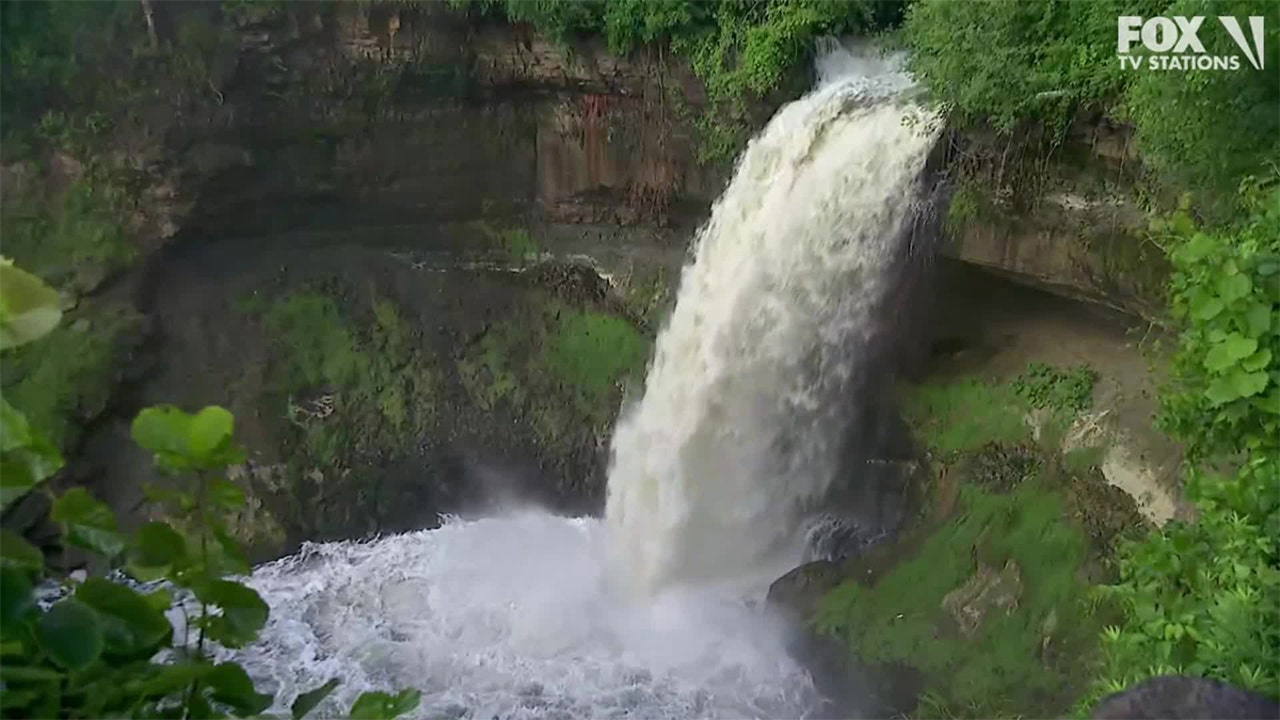Science
What to Know About Kosmos-482, a Soviet Spacecraft Returning to Earth After 53 Years

A robotic Soviet spacecraft has been adrift in space for 53 years. It will return to Earth later this week.
Kosmos-482 launched in March 1972. If all had gone well, it would have landed on the sweltering surface of Venus and become the ninth of the uncrewed Soviet Venera missions to the planet. Instead, a rocket malfunction left it stranded in Earth orbit. Kosmos-482 has been slowly spiraling back toward our world ever since.
“It’s this artifact that was meant to go to Venus 50 years ago and was lost and forgotten for half a century,” said Jonathan McDowell, an astronomer at the Harvard & Smithsonian Center for Astrophysics who maintains a public catalog of objects in space. “And now it’s going to get its moment in atmospheric entry — albeit on the wrong planet.”
Cloaked in a protective heat shield, the spacecraft, weighing roughly 1,050 pounds, was designed to survive its plunge through the toxic Venusian atmosphere. That means there’s a good chance it will survive its dive through this one, and could make it to the surface at least partly intact.
Still, the risk of any injuries on the ground is low.
“I’m not worried — I’m not telling all my friends to go to the basement for this,” said Darren McKnight, senior technical fellow at LeoLabs, a company that tracks objects in orbit and monitors Kosmos-482 six times a day. “Usually about once a week we have a large object re-enter Earth’s atmosphere where some remnants of it will survive to the ground.”
When will Kosmos-482 come back to Earth?
Estimates change daily, but the predicted days of re-entry are currently Friday or Saturday. The New York Times will provide updated estimates as they are revised.
One calculation of the window by the Aerospace Corporation, a federally supported nonprofit that tracks space debris, suggests 12:42 a.m. Eastern time on May 10, plus or minus 19 hours.
Marco Langbroek, a scientist and satellite tracker at Delft University of Technology in the Netherlands who has tracked Kosmos-482 for years, puts the estimate closer to 4:37 a.m. Eastern on May 10, plus or minus a day.
Where will it land?
No one knows. “And we won’t know until after the fact,” Dr. McDowell said.
That’s because Kosmos-482 is hurtling through space at more than 17,000 miles an hour, and it will be going that fast until atmospheric friction pumps the brakes. So getting the timing wrong by even a half-hour means the spacecraft re-enters more than half a world away, in a different spot.
What’s known is that Kosmos-482’s orbit places it between 52 degrees north latitude and 52 degrees south latitude, which covers Africa, Australia, most of the Americas and much of south- and mid-latitude Europe and Asia.
“There are three things that can happen when something re-enters: a splash, a thud or an ouch,” Dr. McKnight said.
“A splash is really good,” he said, and may be most likely because so much of Earth is covered in oceans. He said the hope was to avoid the “thud” or the “ouch.”
Will the spacecraft survive impact?
Assuming Kosmos-482 survives re-entry — and it should, as long as its heat shield is intact — the spacecraft will be going around 150 miles an hour, when it smashes into whatever it smashes into, Dr. Langbroek calculated. “I don’t think there’s going to be a lot left afterward,” Dr. McDowell said. “Imagine putting your car into a wall at 150 miles an hour and seeing how much of it is left.”
The heat of re-entry should make Kosmos-482 visible as a bright streak through the sky if its return occurs over a populated area at night.
If pieces of the spacecraft survive and are recovered, they legally belong to Russia.
“Under the law, if you find something, you have an obligation to return it,” said Michelle Hanlon, executive director of the Center for Air and Space Law at the University of Mississippi. “Russia is considered to be the registered owner and therefore continues to have jurisdiction and control over the object.”
How do we know the identity of this object?
Some 25 years ago, Dr. McDowell was going through NORAD’s catalog of roughly 25,000 orbital objects and trying to pin an identity on each. “Most of them, the answer is, ‘Well, this is a piece of exploded rocket from something fairly boring,’” he recalls.
But one of them, object 6073, was a bit odd. Launched in 1972 from Kazakhstan, it ended up in a highly elliptical orbit, traveling between 124 and 6,000 miles from Earth.
As he studied its orbit and size, Dr. McDowell surmised that it must be the wayward Kosmos-482 lander — not just a piece of debris from the failed launch. The conclusion was supported by multiple observations from the ground, as well as a recently declassified Soviet document.

Science
Contributor: Those cuts to 'overhead' costs in research? They do real damage

As a professor at UC Santa Barbara, I research the effects of and solutions to ocean pollution, including oil seeps, spills and offshore DDT. I began my career by investigating the interaction of bacteria and hydrocarbon gases in the ocean, looking at the unusual propensity of microbes to consume gases that bubbled in from beneath the ocean floor. Needed funding came from the greatest basic scientific enterprise in the world, the National Science Foundation.
My research was esoteric, or so my in-laws (and everyone else) thought, until 2010, when the Deepwater Horizon offshore drilling rig exploded and an uncontrolled flow of hydrocarbon liquid and gas jetted into the deep ocean offshore from Louisiana. It was an unmitigated disaster in the Gulf, and suddenly my esoteric work was in demand. Additional support from the National Science Foundation allowed me to go offshore to help figure out what was happening to that petroleum in the deep ocean. I was able to help explain, contextualize and predict what would happen next for anxious residents of the Gulf states — all made possible by the foresight of Vannevar Bush, the original architect of the National Science Foundation.
Now the great scientific enterprise that has enabled my research and so much more is on the brink of its own disaster, thanks to actions and proposals from the Trump administration. Setting aside the targeted cuts to centers of discovery such as Harvard and Columbia, and rumors that California’s public universities are next, the most obvious threats to research are the draconian budget reductions proposed across virtually all areas of science and medicine, coupled with moves to prevent foreign scientists from conducting research-based study in the U.S. The president’s latest budget calls for around a 55% cut to the National Science Foundation overall, with a 75% reduction to research support in my area. A reduction so severe and sudden will reverberate for years and decimate ocean discovery and study, and much more.
But a more subtle and equally dire cut is already underway — to funding for the indirect costs that enable universities and other institutions to host research. It seems hard to rally for indirect costs, which are sometimes called “overhead” or “facilities and administration.” But at their core, these funds facilitate science.
For instance, indirect costs don’t pay my salary, but they do pay for small-ticket items like my lab coat and goggles and bigger-ticket items like use of my laboratory space. They don’t pay for the chromatograph I use in my experiments, but they do pay for the electricity to run it. They don’t pay for the sample tubes that feed into my chromatograph, but they do support the purchasing and receiving staff who helped me procure them. They don’t pay for the chemical reagents I put in those sample tubes, but they do support the safe disposal of the used reagents as well as the health and safety staff that facilitates my safe chemical use.
They don’t pay salary for my research assistants, but they do support the human resources unit through which I hire them. They don’t pay for international travel to present my research abroad, but they do cover a federally mandated compliance process to make sure I am not unduly influenced by a foreign entity.
In other words, indirect costs support the deep bench of supporting characters and services that enable me, the scientist, to focus on discovery. Without those services, my research enterprise crumbles, and new discoveries with it.
My indirect cost rate is negotiated every few years between my institution and the federal government. The negotiation is based on hard data showing the actual and acceptable research-related costs incurred by the institution, along with cost projections, often tied to federal mandates. Through this rigorous and iterative mechanism, the overhead rate at my institution — as a percentage of direct research costs — was recently adjusted to 56.5%. I wish it were less, but that is the actual cost of running a research project.
The present model for calculating indirect costs does have flaws and could be improved. But the reduction to 15% — as required by the Trump administration — will be devastating for scientists and institutions. All the functions I rely on to conduct science and train the future workforce will see staggering cuts. Three-quarters of my local research support infrastructure will crumble. The costs are indirect, but the effects will be immediate and direct.
More concerning is that we will all suffer in the long term because of the discoveries, breakthroughs and life-changing advances that we fail to make.
The scientific greatness of the United States is fragile. Before the inception of the National Science Foundation, my grandfather was required to learn German for his biochemistry PhD at Penn State because Germany was then the world’s scientific leader. Should the president’s efforts to cut direct and indirect costs come to pass, it may be China tomorrow. That’s why today we need to remind our elected officials that the U.S. scientific enterprise pays exceptional dividends and that chaotic and punitive cuts risk irreparable harm to it.
David L. Valentine is a professor of marine microbiology and geochemistry at UC Santa Barbara.
Insights
L.A. Times Insights delivers AI-generated analysis on Voices content to offer all points of view. Insights does not appear on any news articles.
Viewpoint
Perspectives
The following AI-generated content is powered by Perplexity. The Los Angeles Times editorial staff does not create or edit the content.
Ideas expressed in the piece
- The article contends that indirect costs (overhead) are essential for research infrastructure, covering critical expenses like laboratory maintenance, equipment operation, safety compliance, administrative support, and regulatory processes, without which scientific discovery cannot function[1].
- It argues that the Trump administration’s policy capping indirect cost reimbursement at 15% would inflict “staggering cuts” to research support systems, collapsing three-quarters of existing infrastructure and crippling scientific progress[2][3].
- The piece warns that broader proposed NSF budget cuts—57% agency-wide and 75% in ocean research—threaten to “decimate” U.S. scientific leadership, risking a shift in global innovation dominance to nations like China[3].
- It emphasizes that these cuts ignore the actual negotiated costs of research (e.g., UC Santa Barbara’s 56.5% rate) and would undermine “discoveries, breakthroughs, and life-changing advances”[1].
Different views on the topic
- The Trump administration frames indirect costs as excessive “overhead” unrelated to core research, justifying the 15% cap as a cost-saving measure to redirect funds toward prioritized fields like AI and biotechnology[1][2].
- Officials assert that budget cuts focus resources on “national priorities” such as quantum computing, nuclear energy, and semiconductors, arguing that funding “all areas of science” is unsustainable under fiscal constraints[1][3].
- The administration defends its stance against funding research on “misinformation” or “disinformation,” citing constitutional free speech protections and rejecting studies that could “advance a preferred narrative” on public issues[1].
- Policymakers contend that reductions compel universities to streamline operations, though federal judges have blocked similar caps at other agencies (e.g., NIH, Energy Department) as “arbitrary and capricious”[2].
Science
How Bees, Beer Cans and Data Solve the Same Packing Problem

Animation of the same plastic spheres disappearing one at a time.
A holy grail in pure mathematics is sphere packing in higher dimensions. Almost nothing has been rigorously proven about it, except in dimensions 1, 2 and 3.
That’s why it was such a breakthrough when, in 2016, a young Ukrainian mathematician named Maryna Viazovska solved the sphere-packing problem in eight dimensions, and later, with collaborators, in 24 dimensions.
Science
Union presses California’s key bird flu testing lab for records

The union representing workers at a UC Davis lab that tests and tracks bird flu infections in livestock has sued the university, demanding that records showing staffing levels and other information about the lab’s operations be released to the public.
Workers in the lab’s small biotechnology department had raised concerns late last year about short staffing and potentially bungled testing procedures as cases of avian flu spread through millions of birds in turkey farms and chicken and egg-laying facilities, as well as through the state’s cattle herds.
The University Professional and Technical Employees-CWA Local 9119 said that it requested records in December 2024 in an attempt to understand whether the lab was able to properly service the state’s agribusiness.
But UC Davis has refused to release records, in violation of California’s public records laws, the union alleged in a lawsuit recently filed in Alameda County Superior Court.
UC Davis spokesperson Bill Kisliuk declined to comment on the lawsuit’s specific allegations.
“The university looks forward to filing our response in court. We are grateful for the outstanding work of the CAHFS lab staff, including UPTE-represented workers, during the 2024 surge in avian flu testing,” Kisliuk said in an email.
UC Davis has previously denied that workplace issues have left the lab ill-equipped to handle bird flu testing. Kisliuk had said the facility “maintained the supervision, staffing and resources necessary to provide timely and vital health and safety information to those asking us to perform tests.”
According to copies of email correspondence cited in the lawsuit, UC Davis in January denied the union’s request for records regarding short staffing or testing errors, calling the request “unduly burdensome.” It also denied its request for information about farms and other businesses that had samples tested at the lab, citing an exemption to protect from an “invasion of personal privacy.”
Workers at the lab had previously told The Times that they observed lapses in quality assurance procedures, as well as other mistakes in the testing process.
Amy Fletcher, a UC Davis employee and president of the union’s Davis chapter, said the records would provide a necessary window into how staffing levels could be hurting farms and other businesses that rely on the lab for testing. Fletcher said workers have become afraid to speak about problems at the lab, having been warned by management that the some information related to testing is confidential.
The Davis lab is the only entity in the state with the authority to confirm bird flu cases.
The union, known as UPTE, represents about 20,000 researchers and other technical workers across the University of California system’s 10 campuses.
-

 Arizona6 days ago
Arizona6 days agoSuspect in Arizona Rangers' death killed by Missouri troopers
-

 News1 week ago
News1 week agoAt Least 4 Dead and 4 Missing in West Virginia Flash Flooding
-

 News1 week ago
News1 week agoOakland County sheriff urging vigilance after shootings of 2 Minnesota lawmakers
-

 Culture1 week ago
Culture1 week agoBook Review: “The Möbius Book, by Catherine Lacey
-

 Technology1 week ago
Technology1 week agoTanks, guns and face-painting
-

 News1 week ago
News1 week agoVideo: Trump's Military Parade Met With Nationwide Protests
-

 World1 week ago
World1 week agoAt least 100 people killed in gunmen attack in Nigeria: Rights group
-

 Business5 days ago
Business5 days agoDriverless disruption: Tech titans gird for robotaxi wars with new factory and territories



















